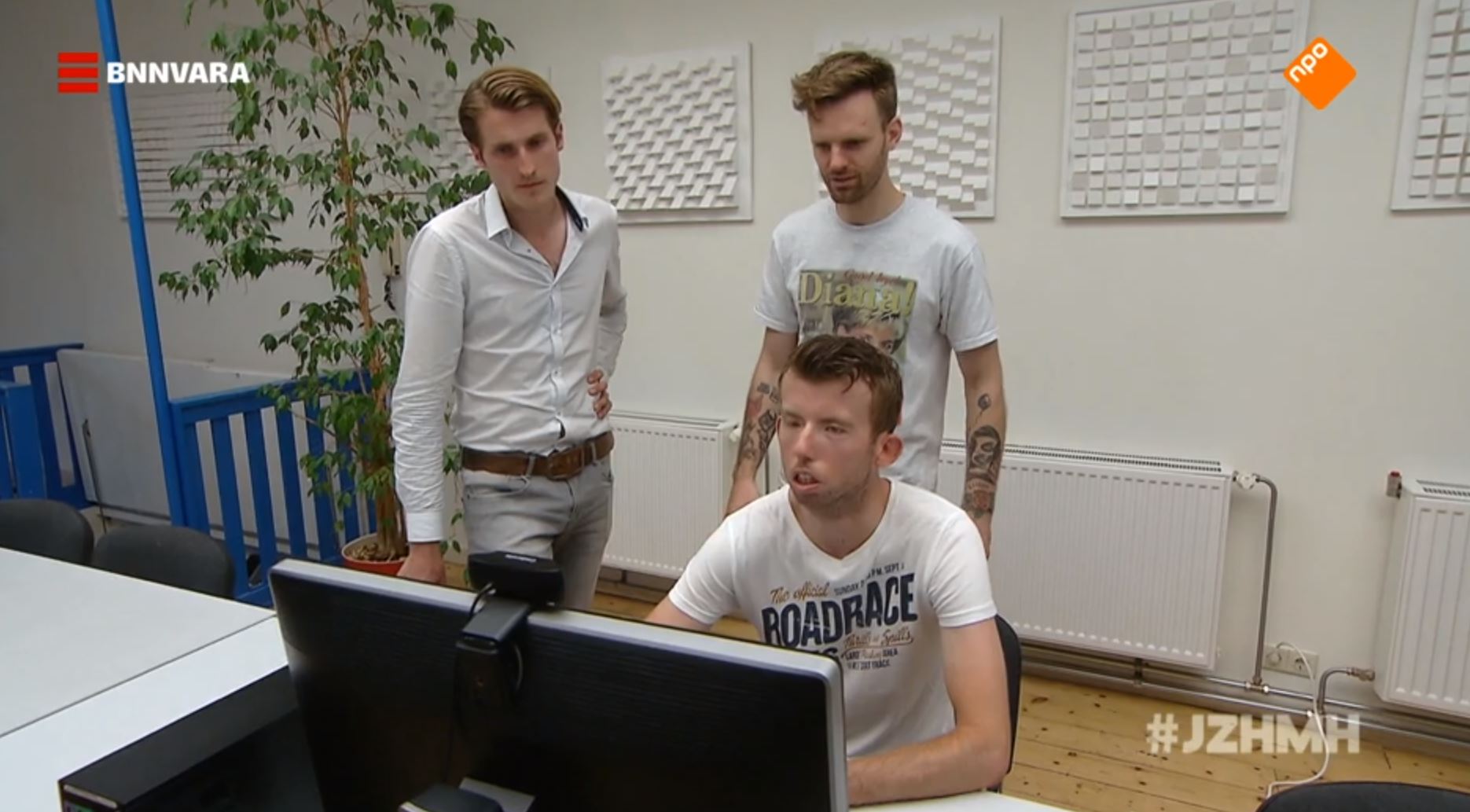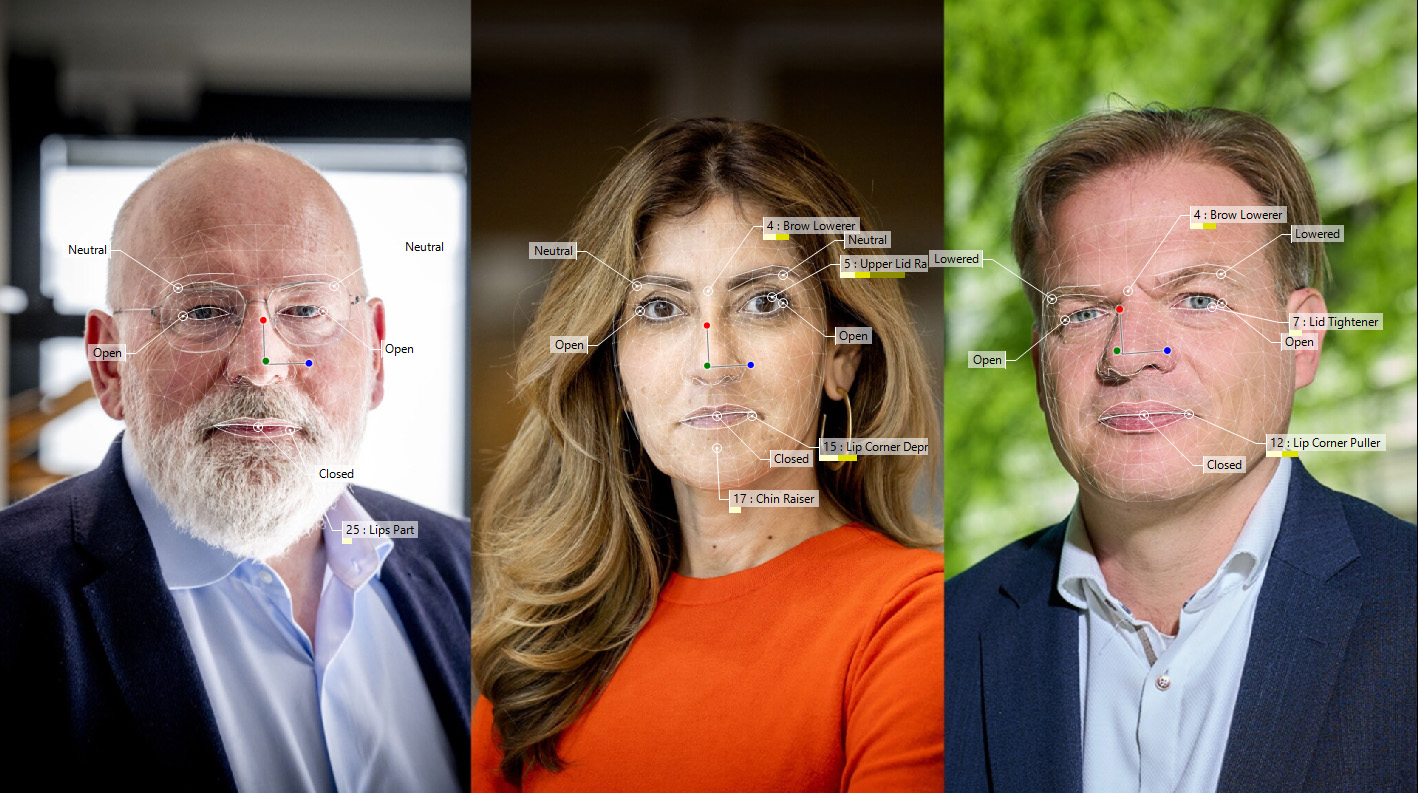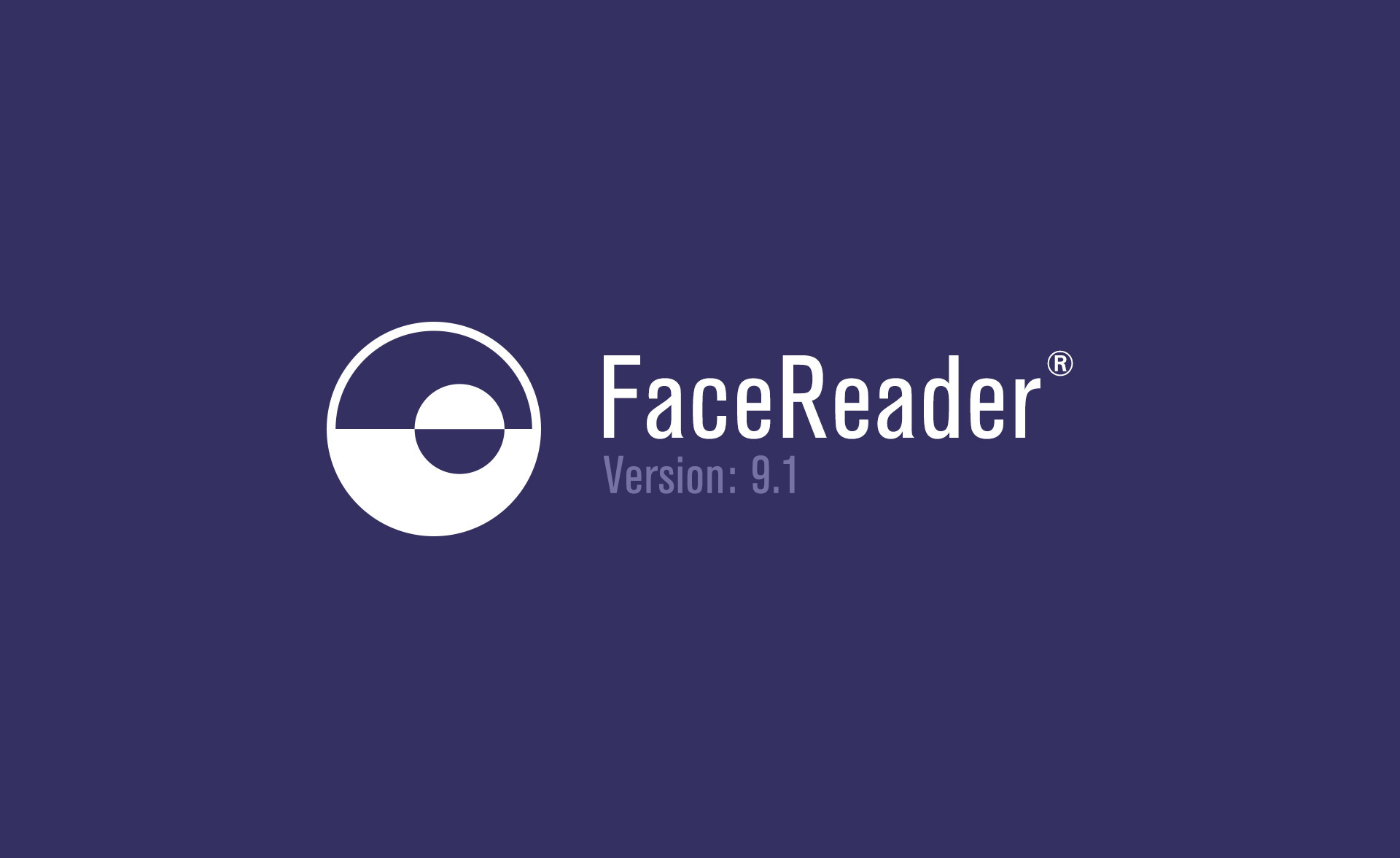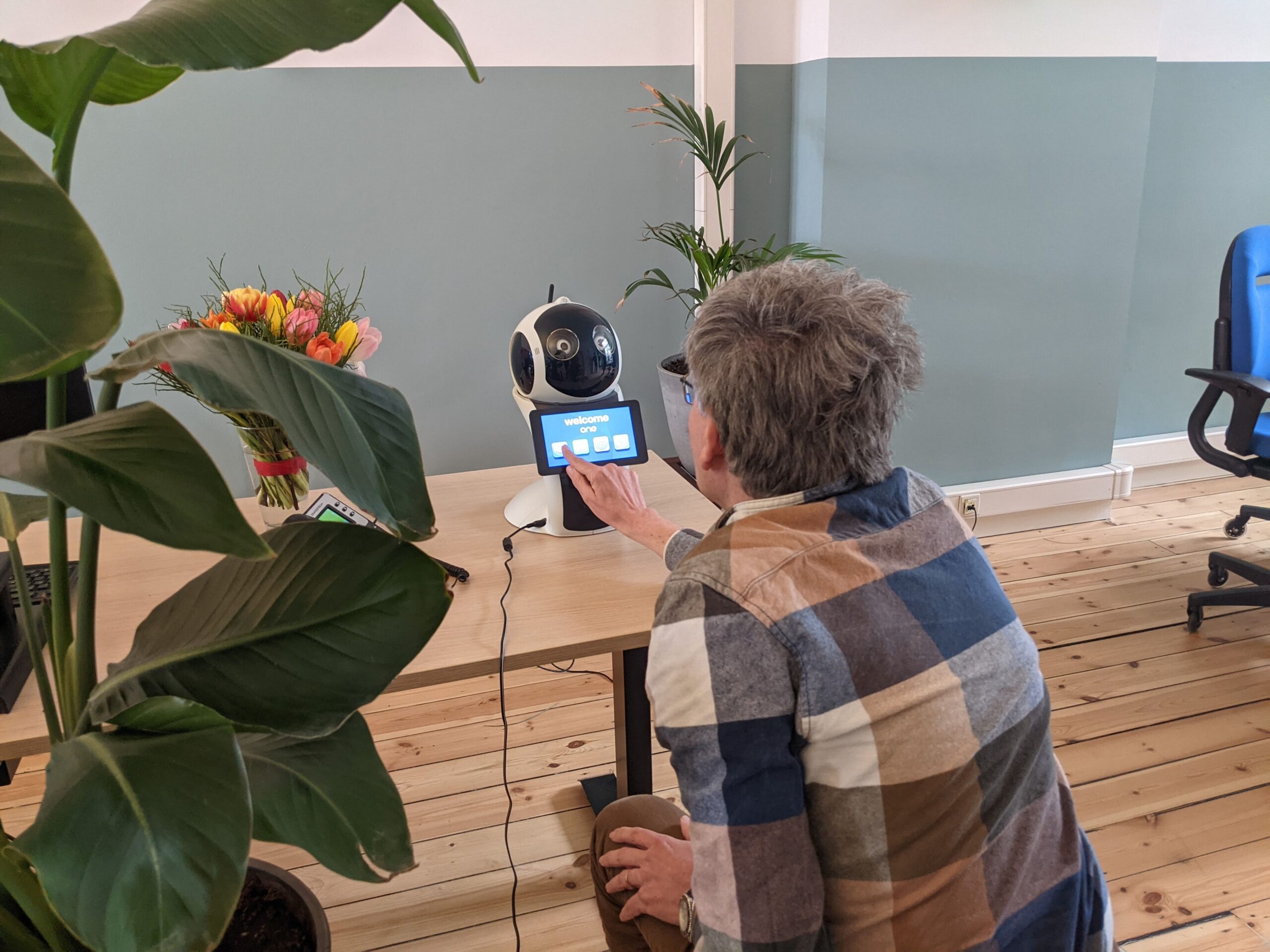What does FaceReader measure in the absence of facial expressions?

Dutch TV program
Social interactions are central to human life. For most people, moving your face to express your emotions is an automatic and natural thing. But what happens when you cannot move the muscles of your face? In the Dutch TV program “Je zal het maar hebben” (loosely translated as: “what if you have it”) presenter Tim Hofman follows young people with a special condition. In the episode that aired last Tuesday, the program followed Arnoud, who has Moebius syndrome. People born with this syndrome have paralysed facial muscles. This means he always has the same expression. To find out what this expression expressed, Tim and Arnoud went by our office to measure his expression with FaceReader.
Interestingly, FaceReader indicated that several emotions were present at the same time. Arnoud his standard expression contained some sadness, surprise, and fear, all at the same time. When he tried to laugh or look angry a very small difference was visible. Perhaps this was due to a very subtle movement of for example, the eyes. This illustrates some of the difficulties he has by not being able to express his happiness with a simple smile. This shows us that we should not take our expressions for granted.

Other applications of FaceReader
Measuring the absence of expressions with FaceReader could also be useful in other areas. For example, a stroke can temporarily paralyse facial muscles. This is visible by drooping of the facial muscles on one side of the face. Everyone should remember the FAST protocol for stroke recognition: Facial drooping, Arm weakness, Speech difficulties and Time to call emergency services. FaceReader software could be used to create a stroke detection sensor in for example, a mirror. There are also other disorders with facial expression difficulties. In for example, Parkinson, a movement disease, reduced facial expressiveness is present. If these differences are related to disease progression, it would be very useful to measure it automatically over time. This demonstrates that also in the absence of expressions, measuring facial expressions can be very useful.



